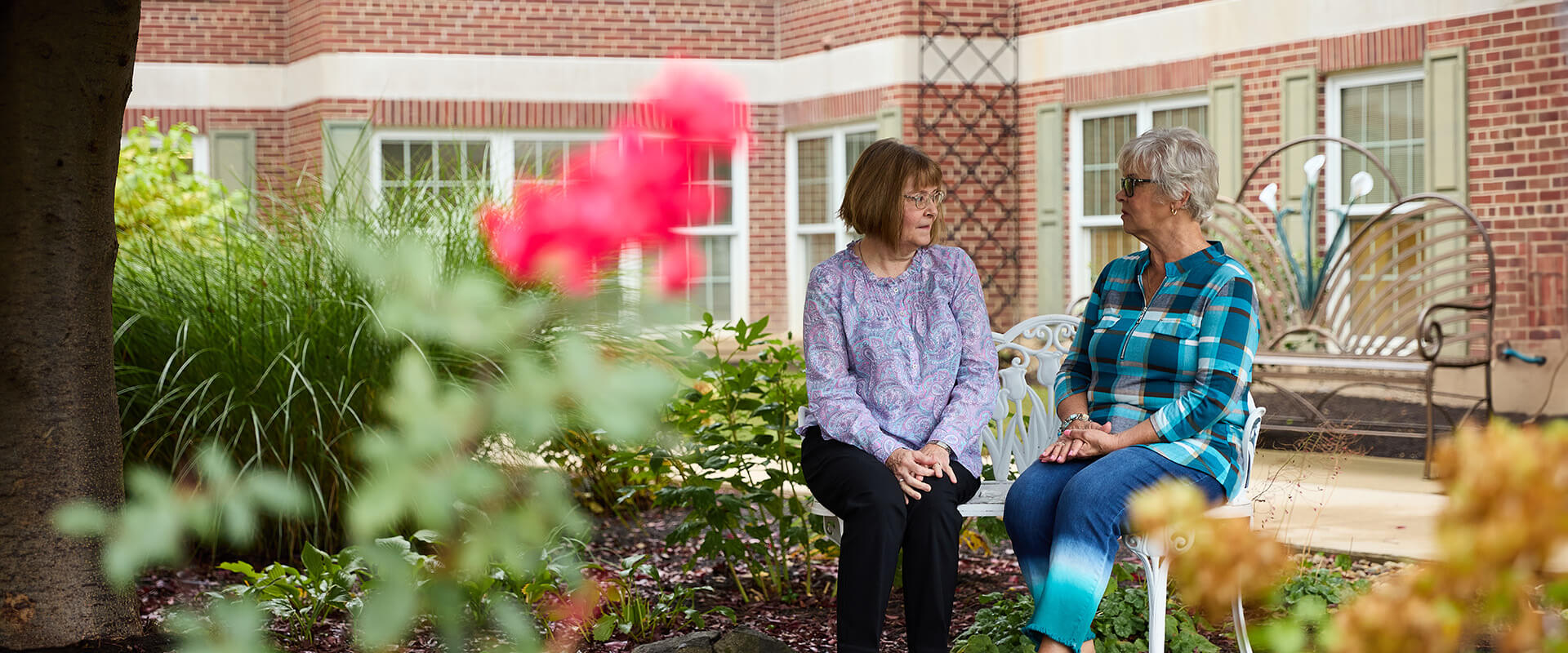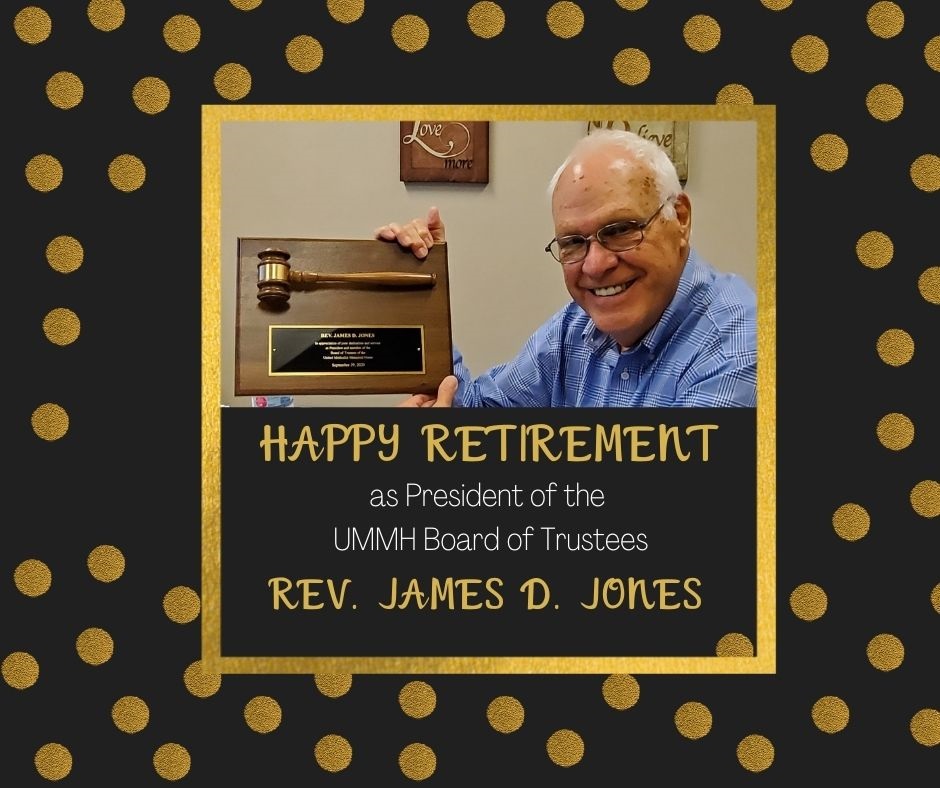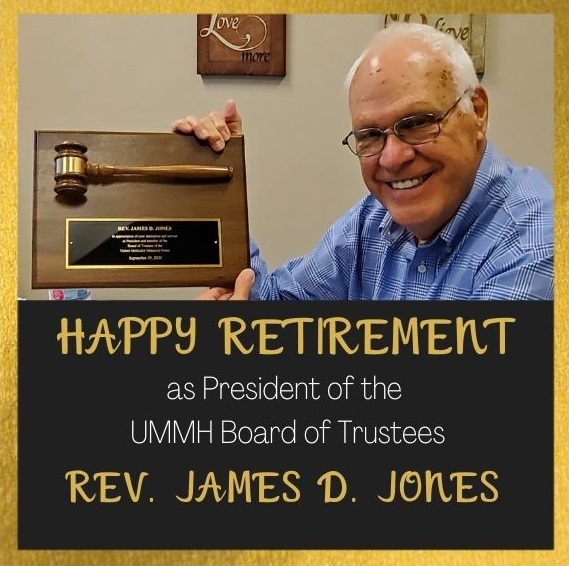More Americans than ever are caring for an aging loved one and occasionally may need a break –or respite, as it is called—to participate in a business meeting, take a vacation, run errands, or attend to the needs of other family members.
The need for respite is on the rise as more studies show that 100 million Americans are caregivers providing care for a child, parent or other relative— a number that has nearly doubled since 2015, when 43.5 million Americans were caregivers.
The time that caregivers devote to this has also increased dramatically. In 2020, caregivers spent an average of nine hours each week providing care. By 2023, that number had soared to 26 hours a week.
Getting the Help You Need
As anyone who’s been a caregiver knows, it can be a demanding, 24-hour-a-day job that is done out of love and necessity, but can be stressful, time-consuming and exhausting.
What should a caregiver do when they need a break? Where can they go to ensure that their loved one’s needs are met while they take time to recharge their batteries or to handle other important matters? The answer is to seek respite care, which is defined as short-term or temporary support that provides caregivers with a much-needed break.
When only a few hours are needed, a caregiver may turn to other family and friends to step in. But what do they do when they need a longer time away—a week, two weeks or even a month or two?
Assisted Living/Skilled Nursing for Longer Stays
Assisted living and/or nursing communities with spacious, home-like rooms already equipped to address the needs of seniors are the ideal places to turn.
A person receiving respite doesn’t need a doctor’s order to enter a skilled nursing or assisted care community.
Assisted living and skilled nursing communities already have a range of resources that will allow caregivers to feel assured that their loved one’s needs are being met. Skilled nursing settings, for instance, will have the equipment, such as a Hoyer lift to transfer a person from bed to a chair or supplemental oxygen for a person needing help to breathe.
In addition, staff are trained and licensed in caring for residents across various disciplines. Nurses, nurse practitioners, physicians, dieticians, wound care specialists, and certified nursing assistants are a few of the types of staff that may help oversee a loved one’s care during a respite stay.
The types of help that a resident can expect to receive include help with personal hygiene and dressing, companionship, preparing meals, managing medication, and monitoring health.
Testing Out a Community
Taking advantage of respite care in assisted living or skilled nursing is also an excellent way for a person to try out a community to see how they like it. They can get a feel for how the community is operated, take part in all the enriching activities that are offered to residents, and socialize and get to know other residents and staff. All of this may help them decide if they want to make a move permanent.
It is important for caregivers to recognize when they may need an extra set of hands or a break from their caregiving duties. Some indicators of burnout to look out for include emotional and physical exhaustion, feeling hopeless or helpless, changes in sleep patterns and withdrawal from family and friends.
Recharging has Benefits
Taking time to nurture themselves is crucial for caregivers to maintain their own health. Acknowledging the need for a break is an important step for caregivers who shouldn’t feel guilty about admitting they need one. Studies have shown that caregivers and their loved ones alike can benefit from the use of respite care.
For more information about Heritage Pointe of Warren’s respite program, email [email protected] or call 260-375-2201.



